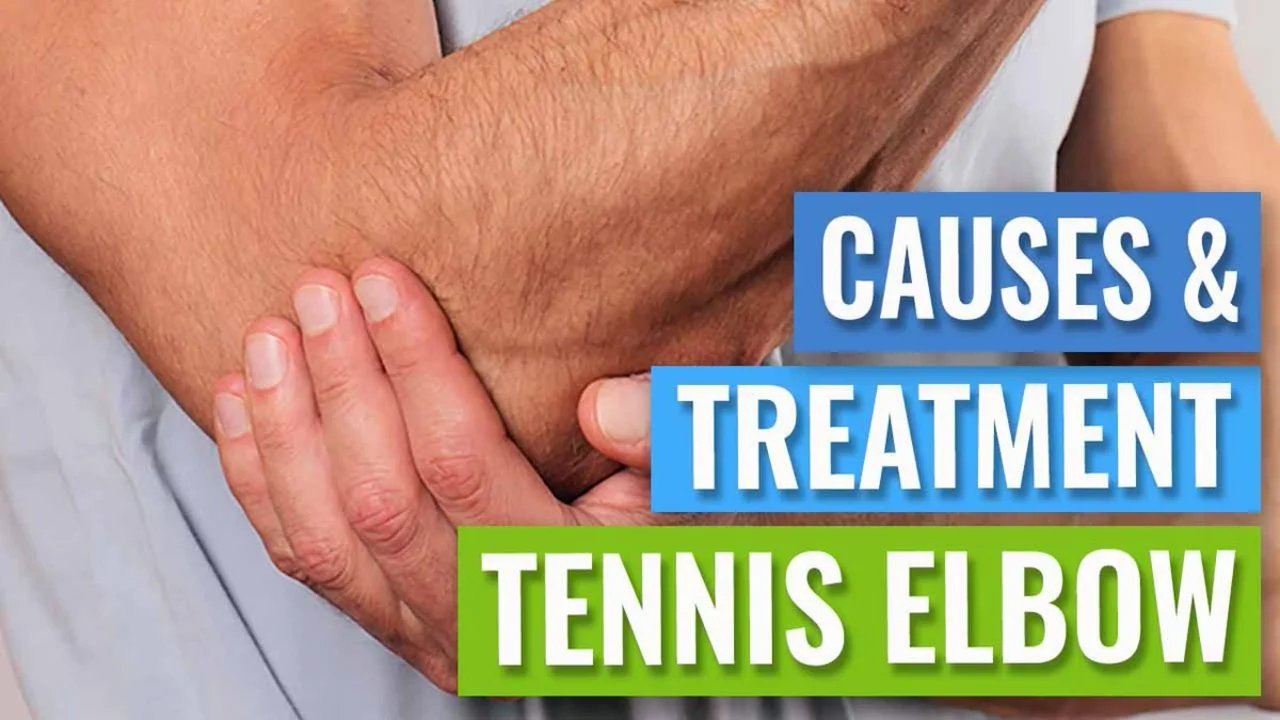Post‑Treatment Essentials for Tennis Players
You've just finished a match or a training session and something aches. Whether it's a sore wrist, a nagging elbow, or a bruised shoulder, the way you handle post‑treatment can make the difference between a quick bounce‑back and a long lay‑off.
Immediate Steps: Rest, Ice, Compression, Elevation
The golden rule is RICE. Give the injured area a break – stop playing and avoid any movements that hurt. Apply an ice pack for 15‑20 minutes every two hours for the first 48 hours. Ice reduces swelling and numbs pain, letting you move a bit more comfortably later on.
Compress the area with an elastic bandage or a specialized brace. It keeps swelling down and adds a little support. If you can, elevate the limb above heart level – a pillow under a raised leg or arm works fine. These three moves together cut inflammation fast.
Beyond the First 48 Hours: Gentle Motion and Rehab
After the initial swelling eases, start gentle range‑of‑motion exercises. Simple wrist circles, shoulder rolls, or light elbow flexes keep blood flowing and prevent stiffness. Keep the movements pain‑free; if it hurts, dial back.
Once you can move without sharp pain, add strengthening. A tennis elbow brace, resistance bands, or light dumbbells help rebuild the muscles that protect the joint. Aim for two‑session sets a day, gradually increasing reps as strength returns.
Physiotherapy isn’t just for pro athletes. A few visits to a local physio can give you tailored exercises, manual therapy, and advice on proper technique to avoid re‑injury.
Nutrition and Hydration – The Unsung Heroes
Your body heals faster when it’s well‑fed. Protein rebuilds muscle, while vitamin C and zinc support tissue repair. Include lean meat, beans, nuts, and plenty of fruit and veg in your meals. Staying hydrated helps flush out waste products from damaged tissue, so sip water throughout the day.
Mindset Matters
Injury can be frustrating, but staying positive speeds recovery. Set small, achievable goals – like increasing wrist curls by five reps – and celebrate each win. Use visualization: picture yourself playing with perfect form. It keeps the brain engaged and reduces the mental slump that often follows a setback.
When to See a Professional
If pain lasts beyond a week, swelling isn’t going down, or you notice numbness, it’s time to get a doctor’s opinion. Ignoring serious signs can turn a minor issue into a chronic problem.
Following these steps – RICE, gentle motion, strength work, proper food, and a positive mindset – gives you the best shot at a speedy comeback. Remember, the goal isn’t just to feel better; it’s to return stronger and smarter on the court.
Health and Wellness

Post - Tennis Elbow Treatment?
After enduring a bout with tennis elbow and going through treatment, I've learned a lot about the recovery process. The treatment primarily involves rest, physiotherapy, and sometimes medication or surgical intervention. Resting the affected arm and avoiding strenuous activity is crucial for recovery. Physiotherapy exercises help rebuild strength and flexibility in the elbow. If these measures don't work, doctors may recommend pain relievers, steroid injections, or even surgery in severe cases.